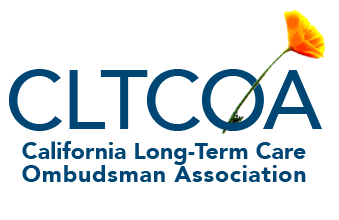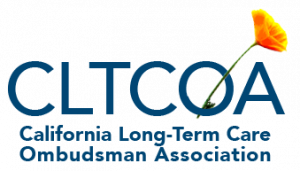In 1978, as part of The Older Americans Act, the federal government established the Long-Term Care Ombudsman Program to assist residents of long-term care facilities in safeguarding their civil and human rights. As a result, the California Department of Aging created the Office of the State Long Term Care Ombudsman. Headed by the State Long-Term Care Ombudsman, a position filled through gubernatorial appointment, this agency designated 35 regional subdivisions to resolve complaints and provide other services to the state’s then 200,000 adults living in nursing homes and residential care facilities. These free services were to be provided at the local level by a corps of state-certified volunteers.
From the beginning, however, a tremendous gap existed between the legal mandate of the LTC Ombudsman Program and the effective delivery of its services. In 1979, at the suggestion of the State Long-Term Care Ombudsman Program Development Specialist, the California Long-Term Care Ombudsman Association (CLTCOA) was established. They believed that local Ombudsman programs would be strengthened, and thereby the interests of their clients better served, by forming an association of Ombudsmen independent of any government bureaucracy to uphold the integrity of the Program as first defined by the Older Americans Act.
In June 1980, CLTCOA was approved as a 501 (c)(3) tax-exempt nonprofit organization by the IRS.

